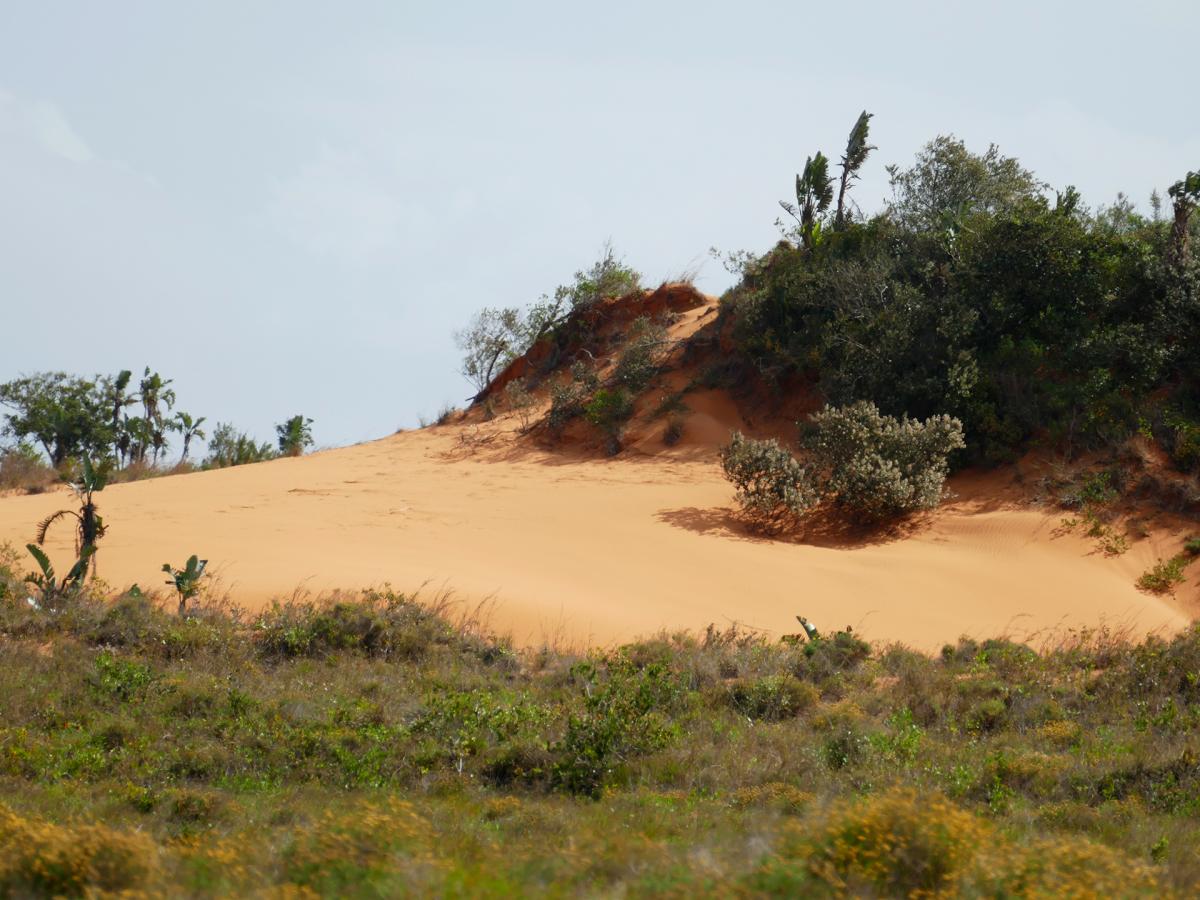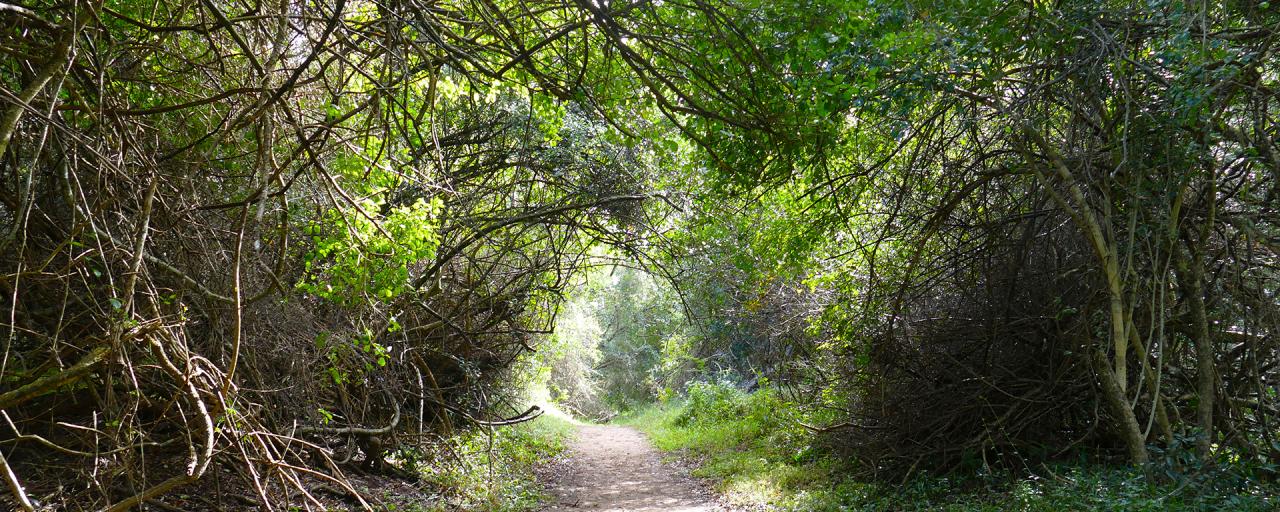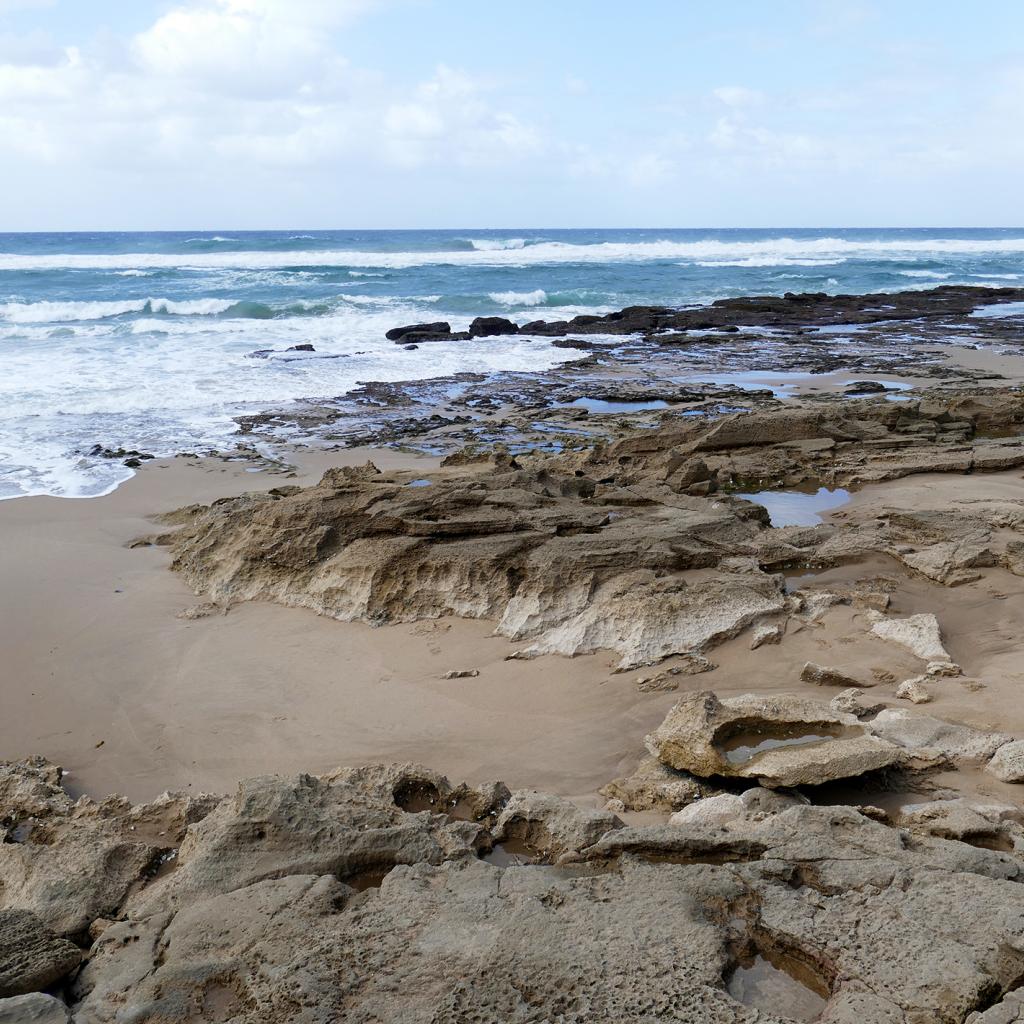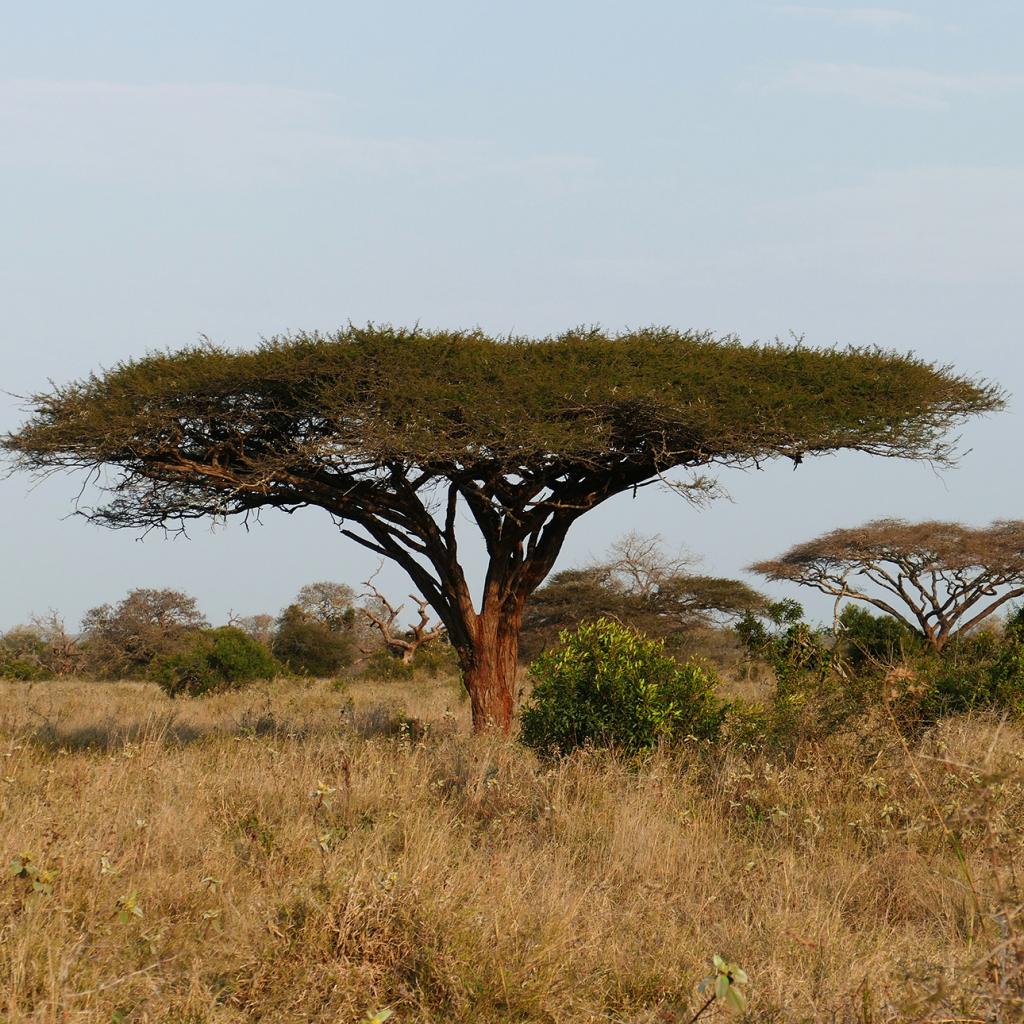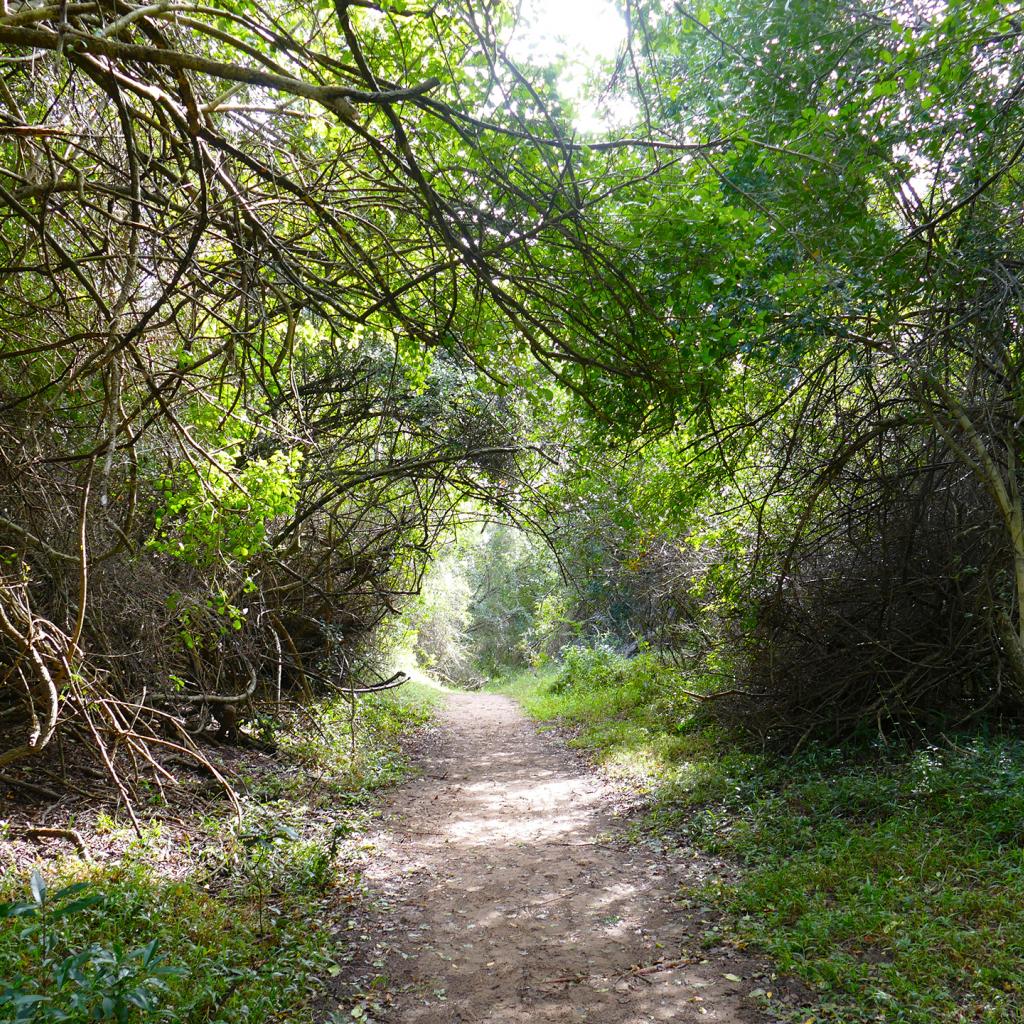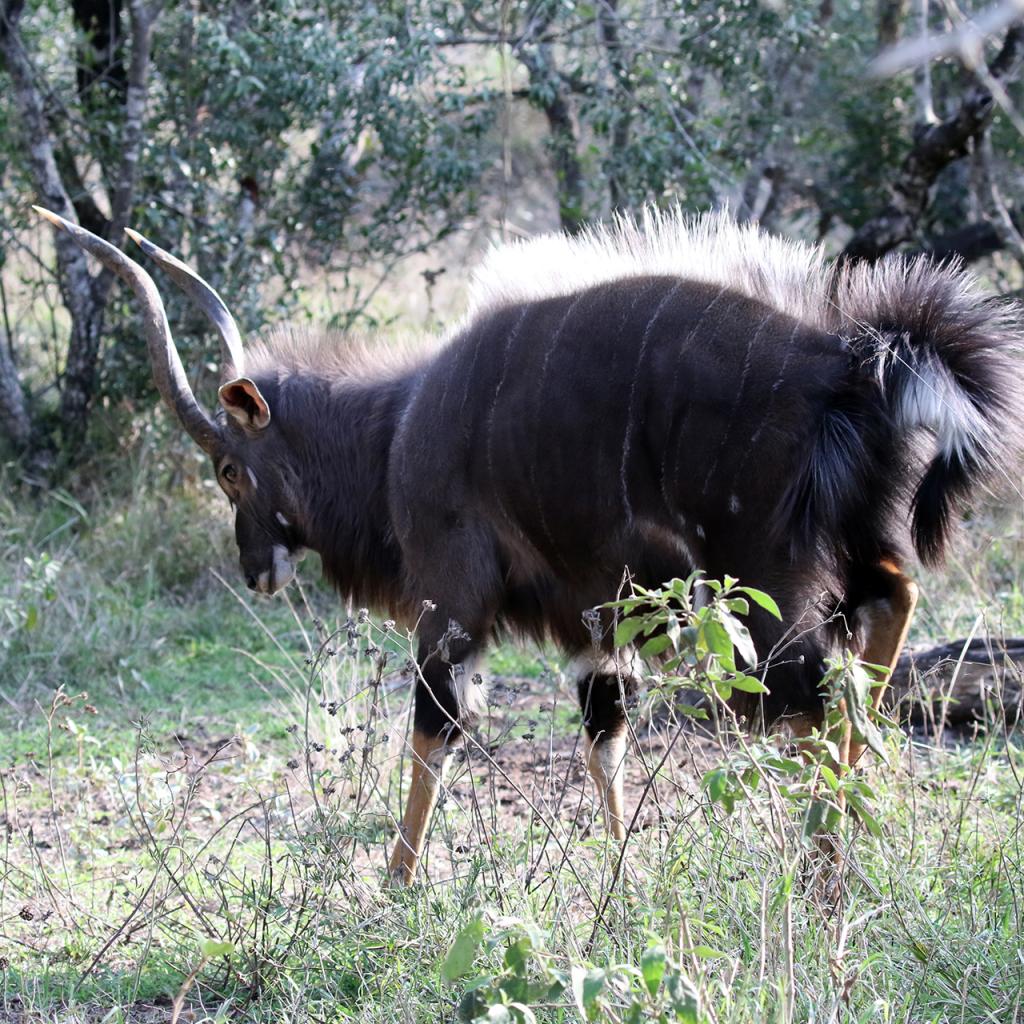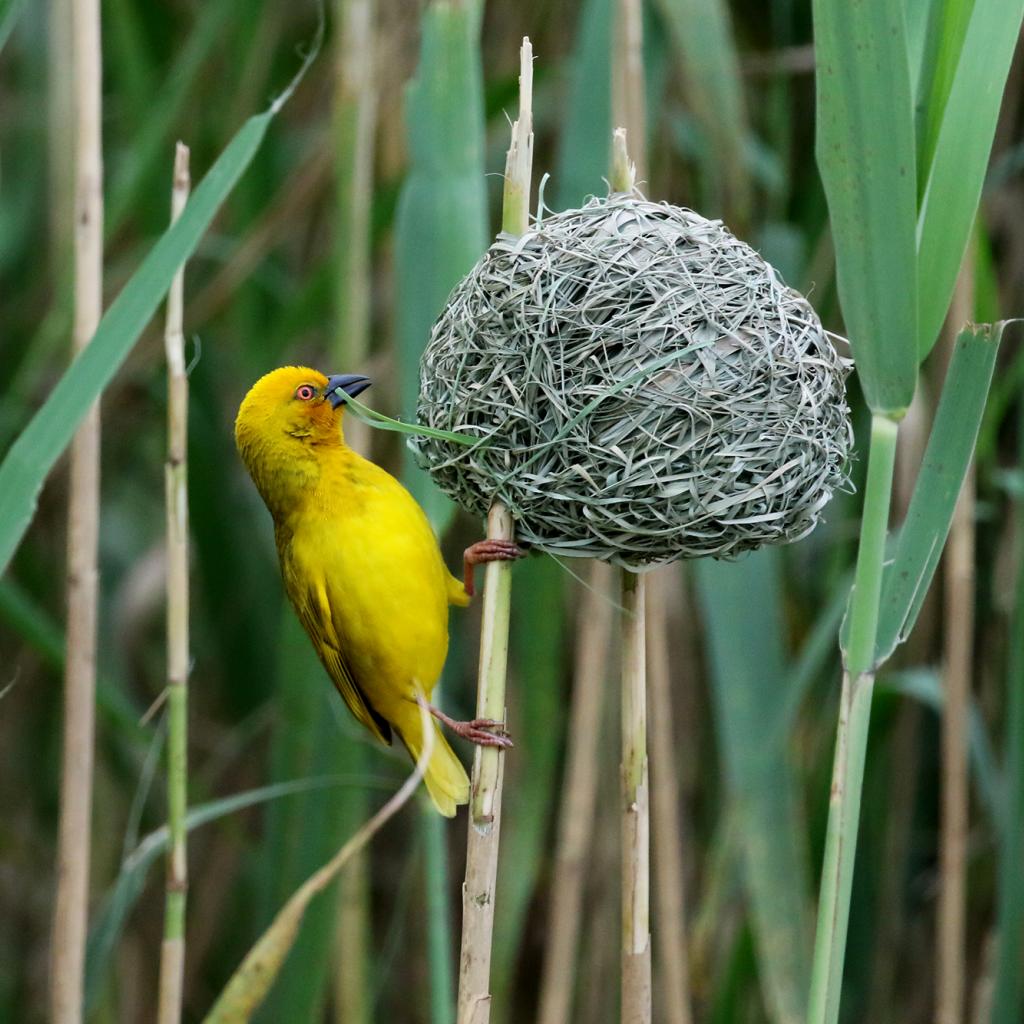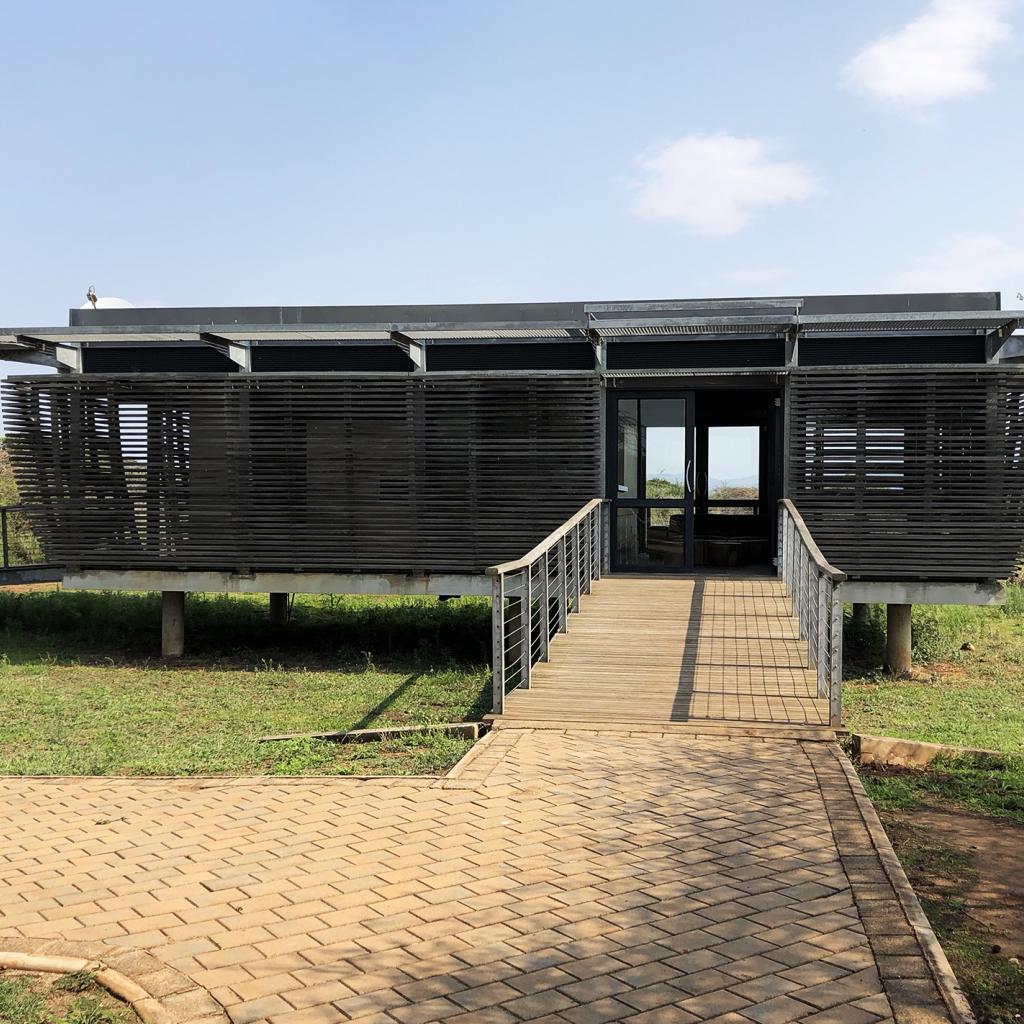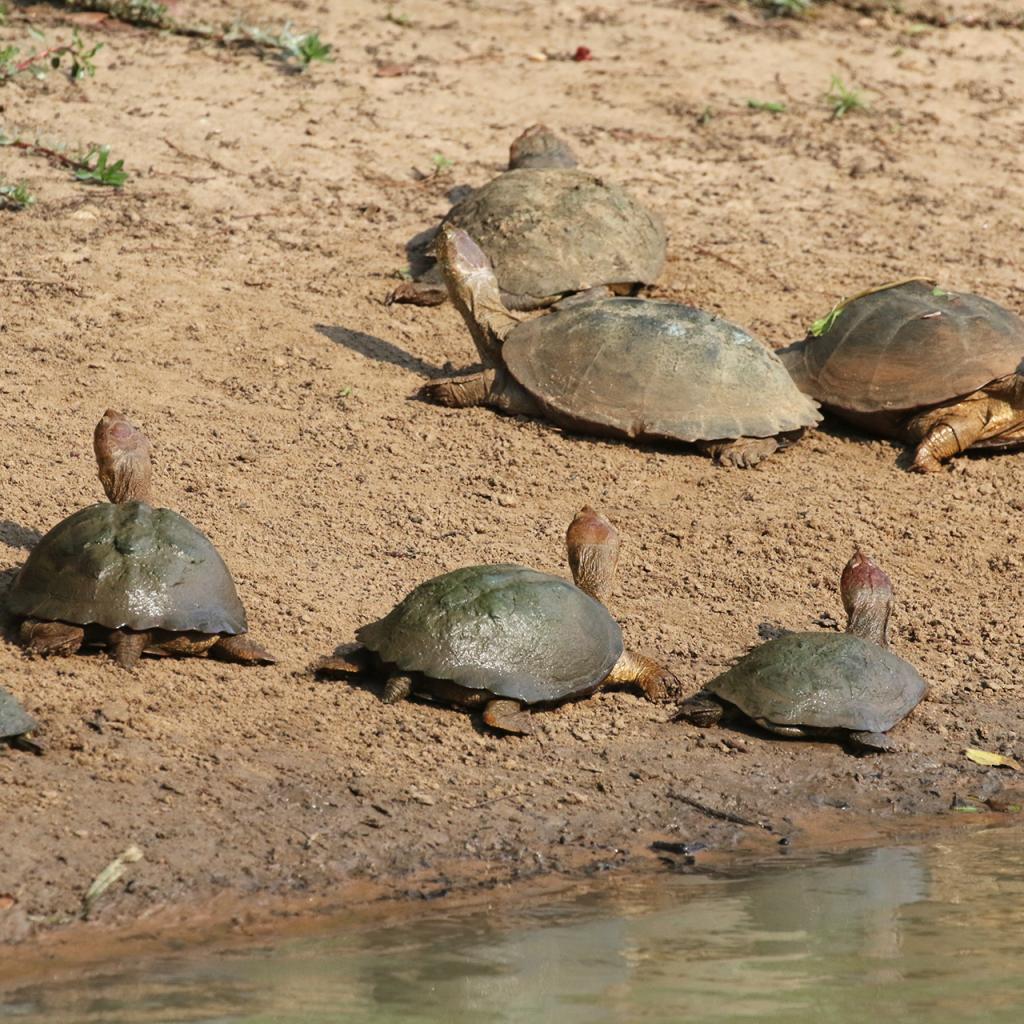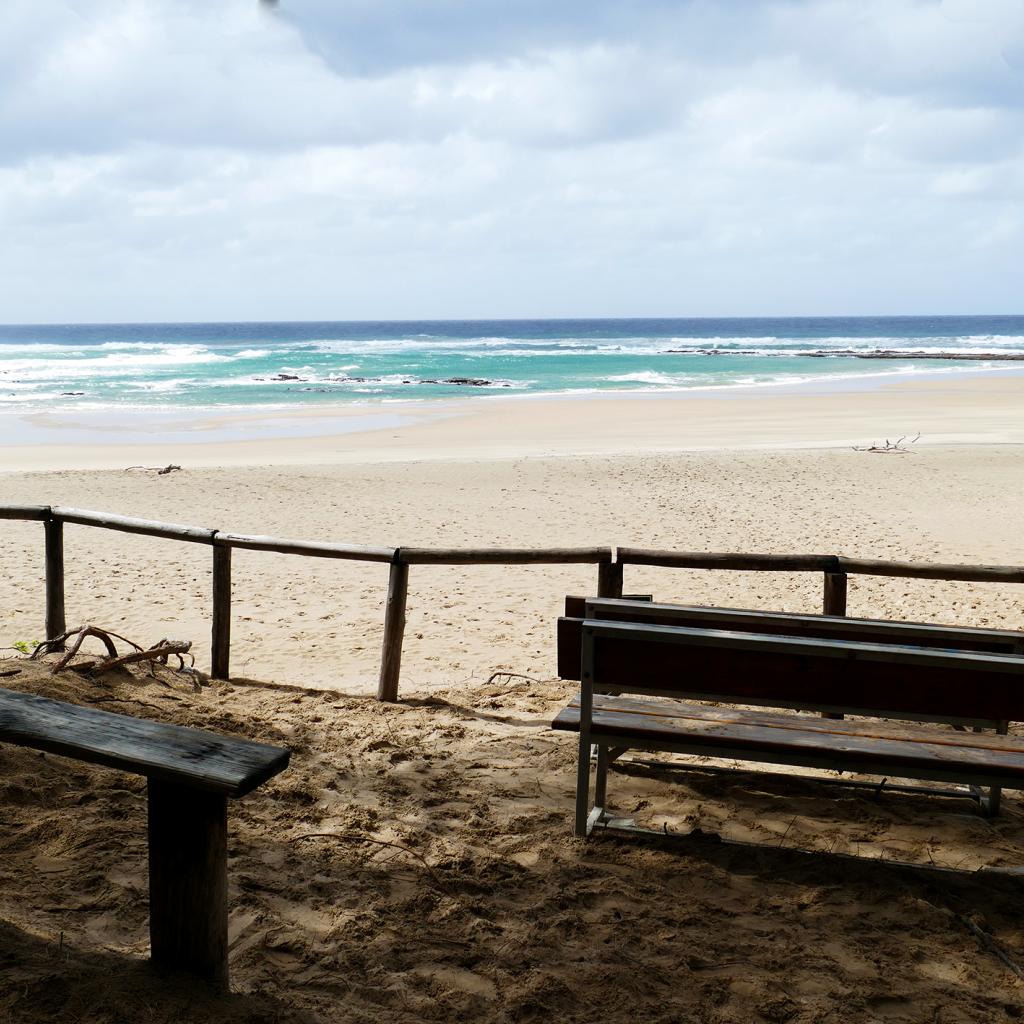The iSimangaliso Wetland Park protects a 220 km long coastline in Eastern South Africa and a surface area of 3320 sq km, in the KwaZulu-Natal province; it is a naturalistic paradise that, after an impressive recovery work, has returned to its former glory.
Within the iSimangaliso there are several interconnected ecosystems that make this place unique and make it possible for a variety of plant and shrub species, mammals, birds, fish and other animals to survive here, since each species is typical of one or more ecosystems.
The processes and the mutations, started in the first Pleistocene, have affected the morphology of the rivers present here, the changes to the territory have also taken place by the Indian Ocean and the force of the wind; these were the three main actors that created the iSimangaliso Wetland Park as we know it now: its marshes, coral reef, vegetated dunes, lake system, estuaries, expanses of papyrus and reeds, savannah are the result of these processes.
The heterogeneity and the interconnection of these different ecosystems and the climate of this area have made this place unique and have meant that in the park there is an exceptional variety of plant and animal species.
In fact, when UNESCO included the iSimangaliso Wetland Park in the List of World Heritage Sites, in 1999, it declared: "The interconnection, within the area, between the different environments and their heterogeneity, the coastal storms, the floods, the transition zone between the tropical and sub-tropical African belt result in an exceptional diversity of species and many specializations. "
And again: “The mosaic of habitats and morphologically different places offers always different panoramas; moreover, some of these habitats are crucial for the survival of different species, such as the marine ecosystem, the marshes and the savannah. "
At the iSimangaliso Wetland Park there are different ecosystems, 5 to be precise: a coastal and marine area, that is home to a pristine coral reef and has sandy beaches, alluvial plains, with papyrus and reeds, marshes, estuaries, brackish lakes and of fresh water, the savannah, the coastal forest and the vegetated dunes, among the highest in South Africa.
The Current of Agulhas, present in the Indian Ocean, is responsible for having transported here the sediments that have been trapped in the submerged canyons and this has created the perfect conditions for the development of the coral reef.
Coastal storms and floods caused by rivers have contributed to the appearance and ecosystems present in the hinterland, as well as debris carried by rivers, that have shaped and modified the course over the millennia.
The five ecosystems, interconnected with one another, found at the iSimangaliso constitute the ideal habitat for different species of African plants and animals, including many threatened or endangered or endemic species; in addition to the number of species present, superior to other areas of South Africa, the population of many species is constantly growing in number.
At the iSimangaliso park there are over 6500 species of plants and animals, of which 11 are endemic species to the iSimangaliso and 108 are endemic to South Africa, while 467 are threatened or endangered in South Africa.
Thanks to the great variety of habitats, marine, marshy, coastal and terrestrial, here there are many species of animals, some of which are located at the Southern limit of their range, others instead at their Northern limit.
The five ecosystems present at the iSimangaliso Wetland Park
The Indian Ocean and the beaches: the warm waters of the Indian Ocean, such as the Agulhas Current, the most Southern coral reef in Africa, the submarine canyons and the long deserted sandy beaches offer a safe and protected place for different species of animals, including turtles, that nest on these beaches, whales, that pass through these waters, dolphins and many other species of aquatic mammals and fish.
The Vegetated dunes: this system of coastal dunes, that has formed over the millennia, consists of long sand dunes, positioned parallel to the coast; these dunes are vegetated and constitute a unique ecosystem.
Here live different animals, among which many species of birds, moreover, the dunes let rain water filter, that goes to fill some basins, such as the Sibaya Lake, that has no tributaries, its waters come from the dunes that surround it.
The swamps and the alluvial plains: these areas are home to many water birds and different species of plants, such as reeds and papyrus; they constitute a unique ecosystem and with a delicate balance.
The internal area:this area, farther from the coast of the Indian Ocean, is drier and consists of ancient ocean beaches, from the period when, 60 million years ago, the ocean reached here, and from savannah, where not only many birds are found but also many mammals and where one can make satisfying safaris.
The Lakes: several lakes are present at the iSimangaliso Wetlands Park, each of them has an origin and characteristics that make it unique.
The main lakes at the iSimangaliso Wetland Park:
The St Lucia Lakeis actually the estuary of the St Lucia river; the largest African river estuary; its waters are brackish and their salinity varies depending on the tides but above all on the basis of periods of drought or heavy rainfall.
Kosi Bayis also a large estuary, located in the Northern area of the park; its white beaches host turtles that nest here; also here are the fishing kraals, the traditional traps used by Thonga or Tembe to fish.
The Sibaya Lakethat owes its water basin only to the rainwater that filters through the dunes that surround the lake, for this reason its waters are fresh and crystalline.
The 4 Ramsar areas at the iSimangaliso Wetland Park:
The iSimangaliso Wetland Park also protects 4 Ramsar areas: the St Lucia Lake, the Tongaland's coral reef and turtle nesting beaches, the Kosi Bay lake system and the Sibaya Lake.
